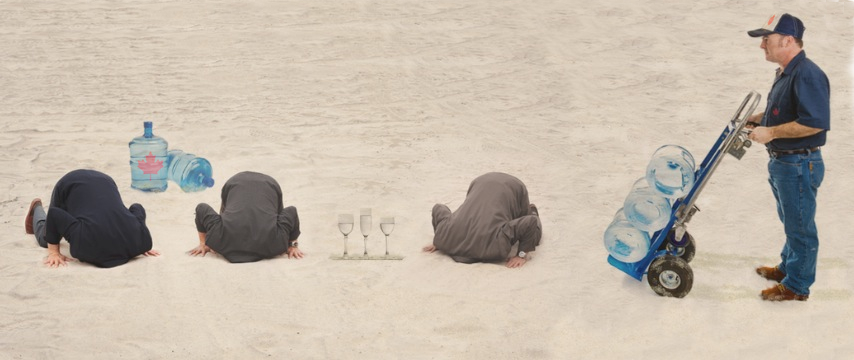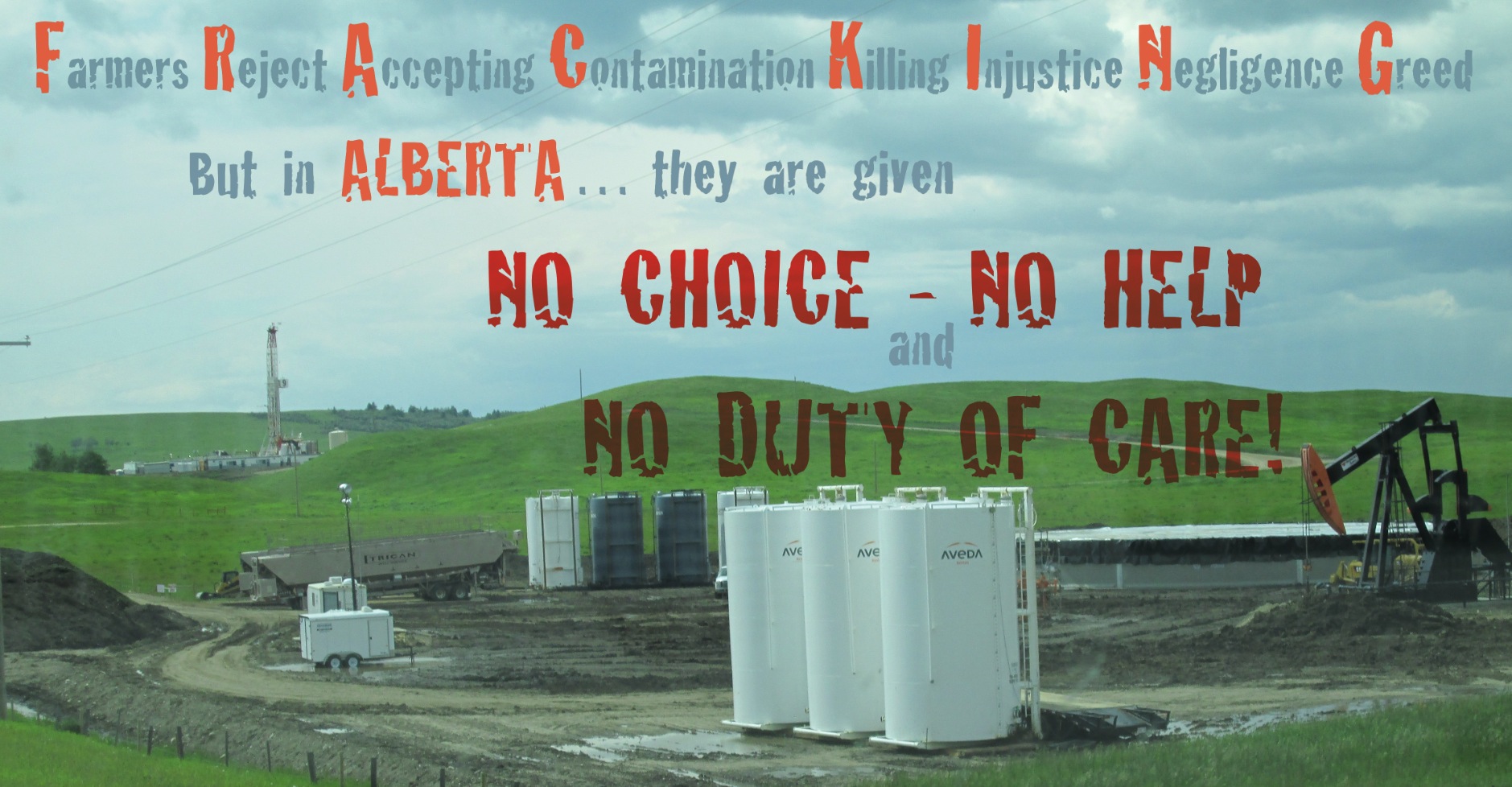Natural Gas Driller Gulfport Sues Barnesville To Use Water, Company says it has right to purchase from reservoir by Casey Junkins, March 19, 2015, The Intelligencer / Wheeling News-Register
BARNESVILLE – Citing a potential loss of “millions of dollars,” Marcellus and Utica shale driller Gulfport Energy is suing the village of Barnesville for the right to draw water from the Slope Creek Reservoir for its nearby fracking operations.
Filed earlier this month in U.S. District Court for the Southern District of Ohio, Gulfport’s lawsuit claims the Oklahoma City-based firm should be allowed to take water from the reservoir, located about five miles south of the village, unless the “health and safety of area residents and businesses are impaired.”
“Barnesville has frustrated Gulfport’s right to develop minerals under the mineral rights agreement by refusing to provide Gulfport with water in violation of Gulfport’s water rights,” company attorney O. Judson Scheaf states in his complaint. “Barnesville has wrongfully maintained that Gulfport’s water rights are limited by the 2014 water use agreement between Barnesville and Antero” Resources.
Gulfport Energy is suing the village of Barnesville because the company believes it has the right to draw fracking water from a local reservoir.
Court documents show that on Aug. 17, 2012, Barnesville officials signed an agreement permitting Gulfport to buy water from the Slope Creek Reservoir at a price of one cent per gallon. The contract shows the firm would be able to draw the water until a point when the village would determine such action would endanger public health.
…
Barnesville officials have not yet filed a response to Gulfport’s complaint. Village Administrator Roger Deal Wednesday referred questions to Village Solicitor Marlin Harper, who could not be reached for comment.
David Castle, a spokesman for a group known as the Concerned Barnesville Area Residents, said frackers had been drawing water from the reservoir until officials told them to stop last fall because the water level dropped so low.
“It’s been a tremendous source of concern for the community. We sent a petition signed by 2,500 people to Gulfport asking them to move their drilling pads farther away from the reservoir,” Castle said. [Emphasis added]
[Refer also to:
2015 03 12: California has about one year of water left. Will you ration now? LA Times
Data from NASA satellites show that the total amount of water stored in the Sacramento and San Joaquin river basins — that is, all of the snow, river and reservoir water, water in soils and groundwater combined — was 34 million acre-feet below normal in 2014. That loss is nearly 1.5 times the capacity of Lake Mead, America’s largest reservoir.
Statewide, we’ve been dropping more than 12 million acre-feet of total water yearly since 2011. Roughly two-thirds of these losses are attributable to groundwater pumping for agricultural irrigation in the Central Valley. Farmers have little choice but to pump more groundwater during droughts, especially when their surface water allocations have been slashed 80% to 100%. But these pumping rates are excessive and unsustainable. Wells are running dry. In some areas of the Central Valley, the land is sinking by one foot or more per year.
As difficult as it may be to face, the simple fact is that California is running out of water — and the problem started before our current drought. NASA data reveal that total water storage in California has been in steady decline since at least 2002, when satellite-based monitoring began, although groundwater depletion has been going on since the early 20th century.
Right now the state has only about one year of water supply left in its reservoirs, and our strategic backup supply, groundwater, is rapidly disappearing. California has no contingency plan for a persistent drought like this one (let alone a 20-plus-year mega-drought), except, apparently, staying in emergency mode and praying for rain.
In short, we have no paddle to navigate this crisis.
Several steps need be taken right now. First, immediate mandatory water rationing should be authorized across all of the state’s water sectors, from domestic and municipal through agricultural and industrial. The Metropolitan Water District of Southern California is already considering water rationing by the summer unless conditions improve. There is no need for the rest of the state to hesitate. The public is ready. A recent Field Poll showed that 94% of Californians surveyed believe that the drought is serious, and that one-third support mandatory rationing.
Second, the implementation of the Sustainable Groundwater Management Act of 2014 should be accelerated. The law requires the formation of numerous, regional groundwater sustainability agencies by 2017. Then each agency must adopt a plan by 2022 and “achieve sustainability” 20 years after that. At that pace, it will be nearly 30 years before we even know what is working. By then, there may be no groundwater left to sustain.
Third, the state needs a task force of thought leaders that starts, right now, brainstorming to lay the groundwork for long-term water management strategies. Although several state task forces have been formed in response to the drought, none is focused on solving the long-term needs of a drought-prone, perennially water-stressed California.
Our state’s water management is complex, but the technology and expertise exist to handle this harrowing future. It will require major changes in policy and infrastructure that could take decades to identify and act upon. Today, not tomorrow, is the time to begin.
Finally, the public must take ownership of this issue. This crisis belongs to all of us — not just to a handful of decision-makers. Water is our most important, commonly owned resource, but the public remains detached from discussions and decisions.
This process works just fine when water is in abundance. In times of crisis, however, we must demand that planning for California’s water security be an honest, transparent and forward-looking process. Most important, we must make sure that there is in fact a plan.
Call me old-fashioned, but I’d like to live in a state that has a paddle so that it might also still have a creek.
Jay Famiglietti is the senior water scientist at the NASA Jet Propulsion Laboratory/Caltech and a professor of Earth system science at UC Irvine.
And in Alberta?
FrackingCanada Political Parties Response
FrackingCanada The Regulator’s Conclusion
You Drank Your Water, Don’t Frack Mine by North West Network Against Fracking



